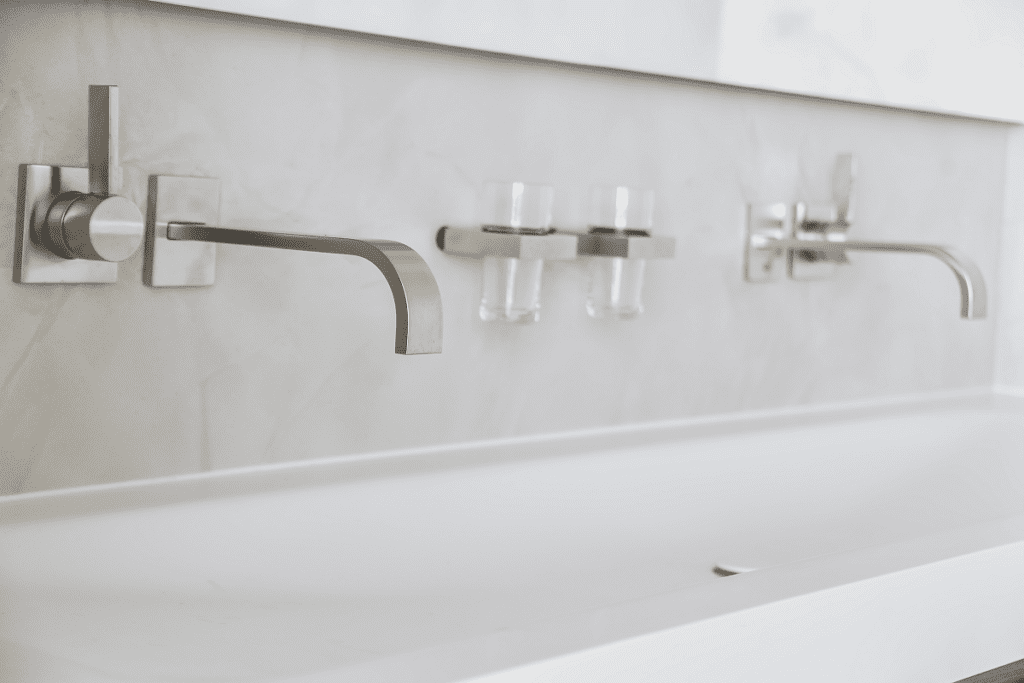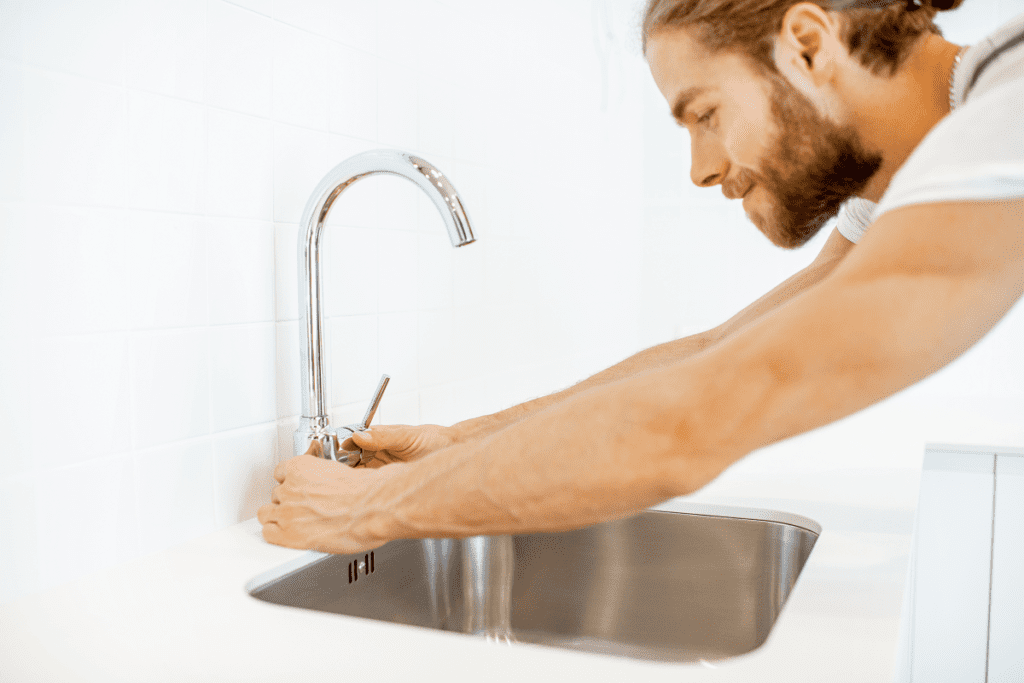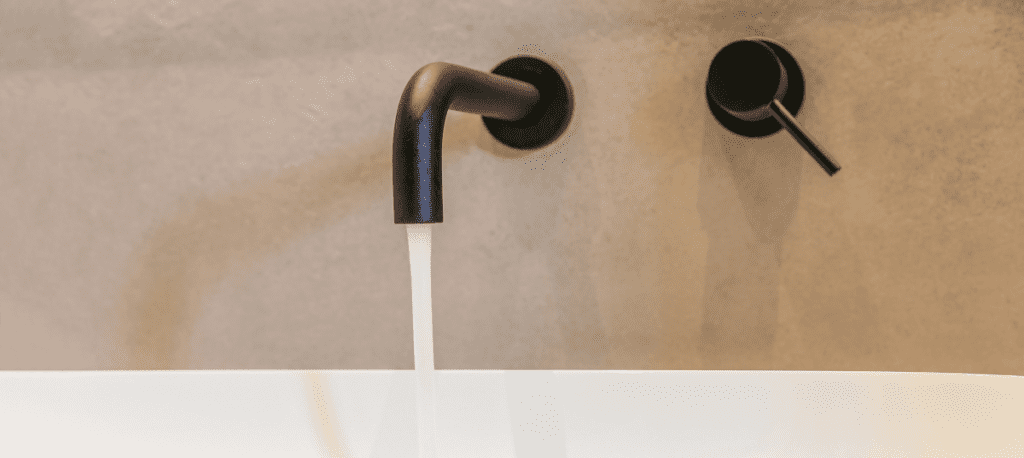Faucets
How To Choose A Faucet That Fits Your Needs
Knowing how to choose a faucet can seem daunting at first. There are so many things you need to consider when choosing a new faucet. However, the process is actually quite simple and some tips will be helpful in making it easier. Whether you’re in need of a plumbing repair or replacement faucets, we can help!
1. Decide on a Type of Faucet
The first thing you need to do is decide what kind of faucet you are looking for. There are two basic kinds of faucets: deck-mounted and wall-mounted.
Deck-mounted faucets are installed between your sink and your countertop, so you will be able to pull it out a bit if you need to clean under it. This kind of faucet is typically more expensive than wall-mounted faucets because the plating on them tends to be thicker, which means that they can handle higher temperatures without being damaged.
Wall-mounted faucets are found only in bathrooms and kitchens. These kinds of faucets have no handles and come out as a full unit. They are rather expensive since they are much heavier and have more moving parts than deck-mounted ones. If you are looking for a faucet for a bathroom, this is the best kind since the sink is usually located further from the wall than in a kitchen.


2. Determine The Location
One of the most important things you need to do is decide where you will put your faucet. Decide on a location where it will be easy for you to reach and easy for whoever will have to replace it after you. If you are planning on installing your faucet in a kitchen, make sure that it is located near all major appliances for easy access.
3. Consider the Space Available
When deciding where you want to put your faucet, it is important to consider the space available between the faucet and cabinet doors. This will give you enough room to move around inside the cabinet when you need to clean it or fix leaks underneath the sink. The space under a deck-mounted faucet and the space under a wall-mounted faucet should be a proportioned amount of space. Also, you should make sure that your faucet has enough room to be installed level and flush with the surrounding cabinets.

Average 5-star reviews
Based on 75+ user reviews
Frequently Asked Questions.
You’ll find answers to common questions about our HVAC services. Our aim is to help you understand more about how we can assist with your heating, cooling, and air quality needs.
A faucet works as a valve that controls the flow and/or release of water from a certain source, such as tap water, or from a tank or buffer. In order for water to come out of the faucet, the handle must be turned. This causes a lever to lift up on the valve in order for water to flow out of the spout.
Since faucets are so common in most households and businesses, it is often taken for granted. Oftentimes, the faucet will get stuck from time to time and this causes it to leak.
Before repairing your own bathroom faucet, it’s a good idea to inspect it. This will help you determine what kind of repair is necessary as well as how extensive the repair job will be. Here are some steps you can take to inspect your bathroom faucet.
If your bathroom faucet is leaking, you may need to tighten the seat underneath it or replace it if you notice other related problems with it. Check for water pressure problems and make sure the water temperature stays at one consistent temperature level.
To check for a leak, turn the faucet all the way off and then back on slowly while listening for any leaks. If you hear any, it may be necessary to remove the handle or pull out the cartridge to see if you can find your leak. If you are unable to find your leak, wait an hour and try again.
If you live in an area that experiences colder temperatures than others, you may find it tricky to get the temperature of the faucets in your house up and running properly. If your external faucets are consistently too cold, there is a way to keep them warmer. This can be done with frost blankets or faucet heaters.
If you live in an area with extremely cold weather, you may find that the outside faucets on your home become frozen up during the winter. Water can cause damage to your home if it freezes and turns your outdoor faucet into a solid block.
